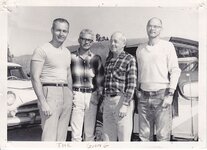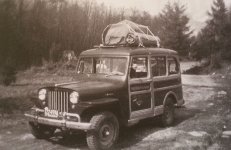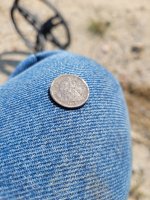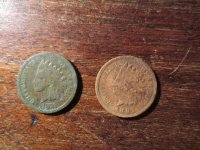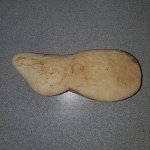gollum
Gold Member
- Jan 2, 2006
- 6,729
- 7,596
- Detector(s) used
- Minelab SD2200D (Modded)/ Whites GMT 24k / Fisher FX-3 / Fisher Gold Bug II / Fisher Gemini / Schiebel MIMID / Falcon MD-20
- Primary Interest:
- All Treasure Hunting
- Thread starter
- #961
If the TRUE OWNER is still around, they will get priority
If the true owner is dead, the find usually goes to the finder (as long as the finder is not trespassing).
Some states find that the owner of a treasure trove is the LOCUS OWNER (current property owner).
Things change greatly from one state to another, but what I said is the general consensus.
Best - Mike
If the true owner is dead, the find usually goes to the finder (as long as the finder is not trespassing).
Some states find that the owner of a treasure trove is the LOCUS OWNER (current property owner).
Things change greatly from one state to another, but what I said is the general consensus.
Best - Mike


